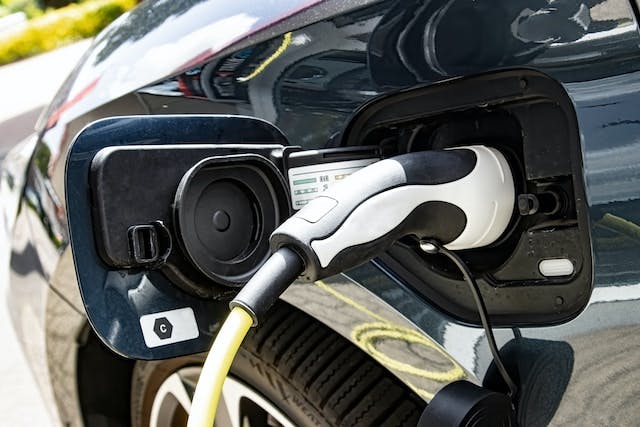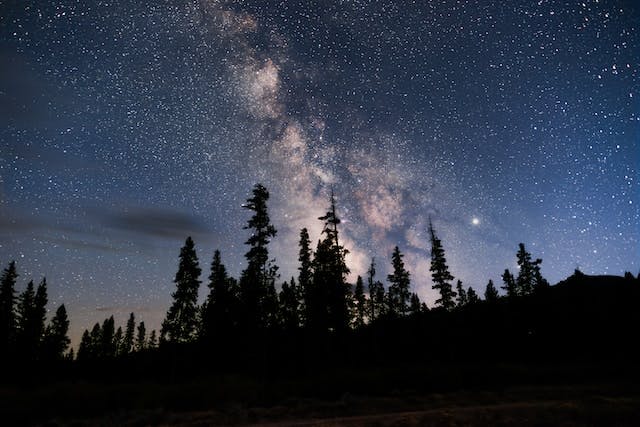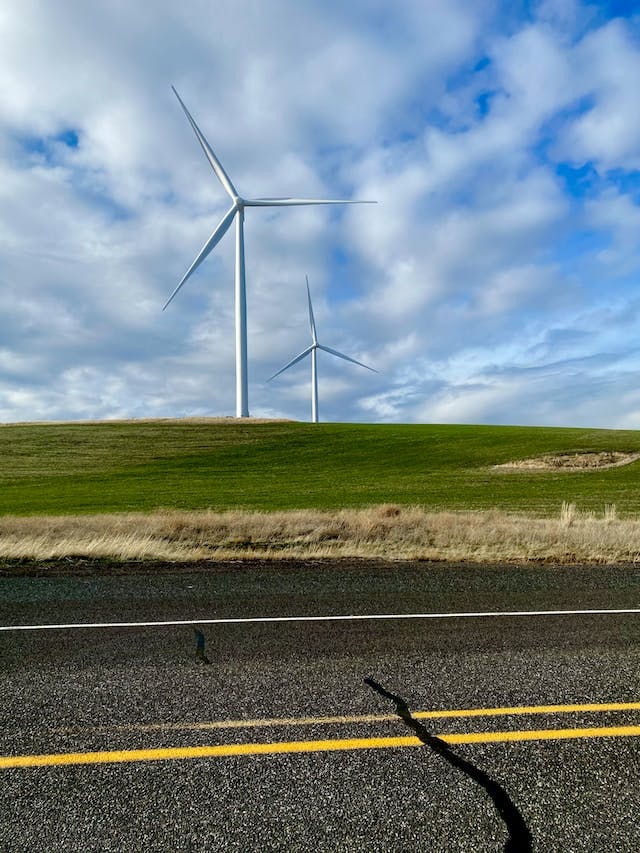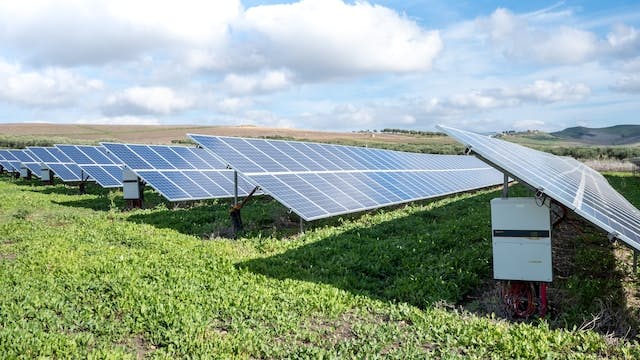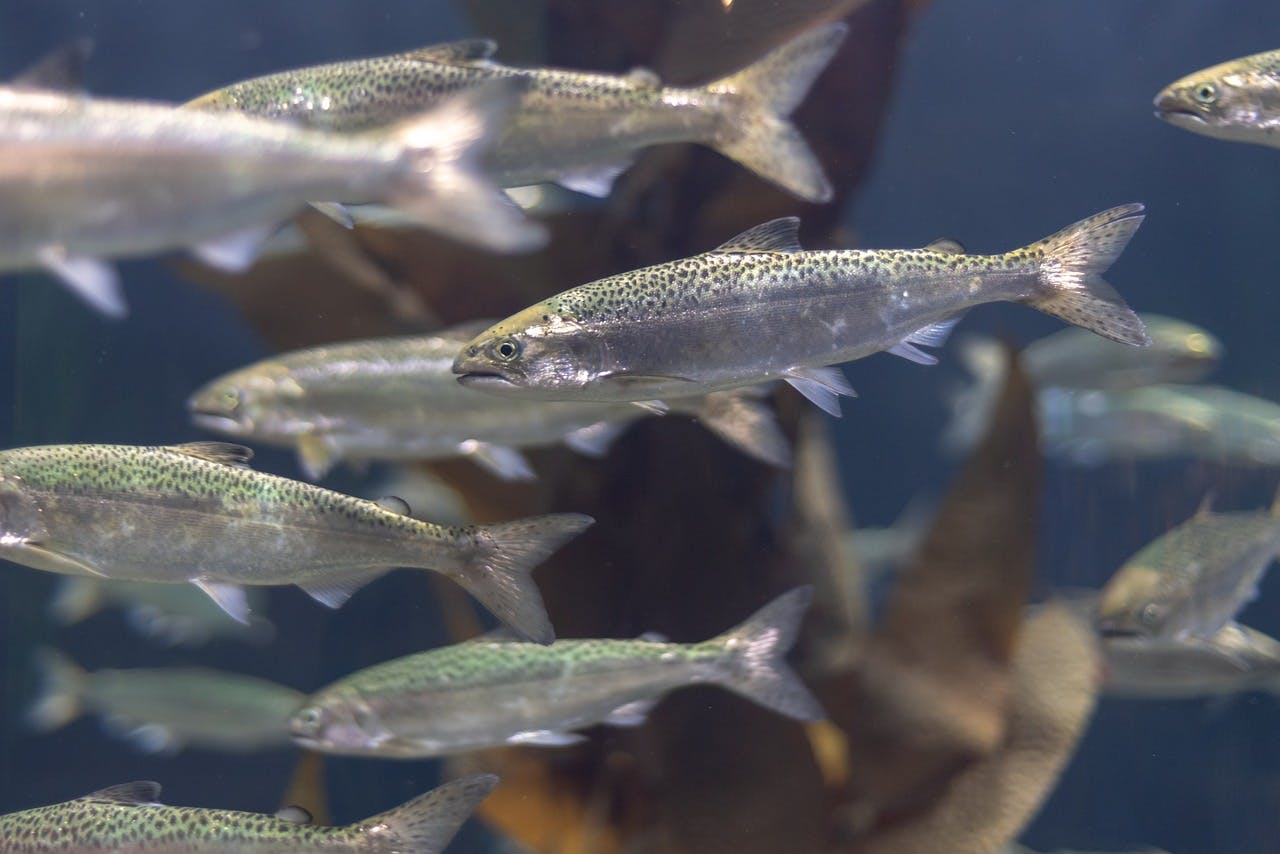

INTENT
Advancing Energy and Decarbonization Technologies in the Inland Northwest (WA, ID)
We Are INTENT
INTENT is a cross-sector public-private collaboration, with distinct concentration on the social, economic, and environmental impacts of the power grid.
We aim to lead the equitable transition to clean energy by developing scalable and replicable models for implementations of modern power grid and decarbonization technologies.
Explore our website to learn how you can get involved.
Why Now?
Energy demand is set to rise in the coming years, and power grid decarbonization will be critical to meeting regional sustainability and resiliency goals, as well as reducing foreign dependency on energy sources.
Greatest CO2 emission sources from WA and ID are transportation, industrials, and electrical. Innovation focused on power grid decarbonization and community-centric activities would benefit both states by creating jobs and driving economic development.
Washington and Idaho face constant threats to the power grid, such as wildfires and increasing temperatures, that require proactive measures to strengthen energy infrastructure.
The National Science Foundation has made historic amounts of funding available to regional coalitions to drive technology research and development across the country – the Inland Northwest has a leg up with its rich history of collaboration between the energy industry and research institutions.


INTENT
This material is based upon work supported by the National Science Foundation under Cooperative Agreement No. 2304058. Any opinions, findings and conclusions or recommendations expressed in this material are those of the author(s) and do not necessarily reflect the views of the National Science Foundation.
Copyright 2023. All Rights Reserved.



